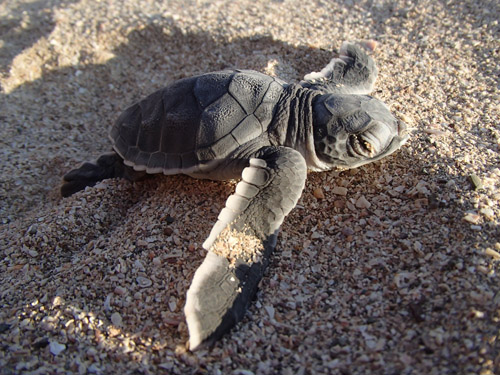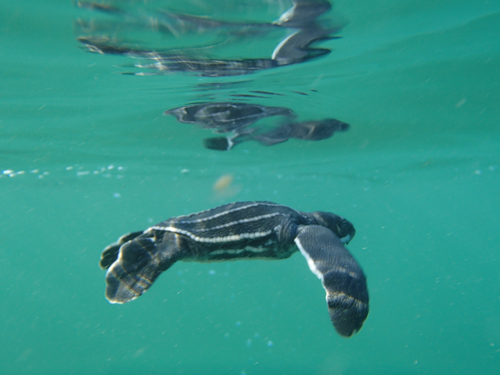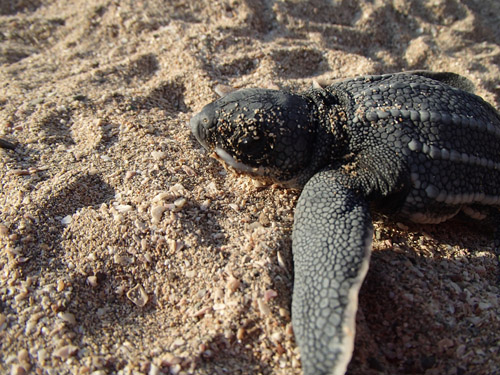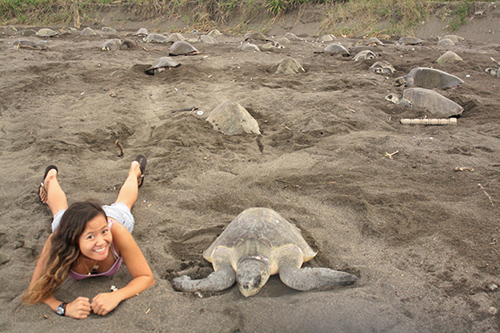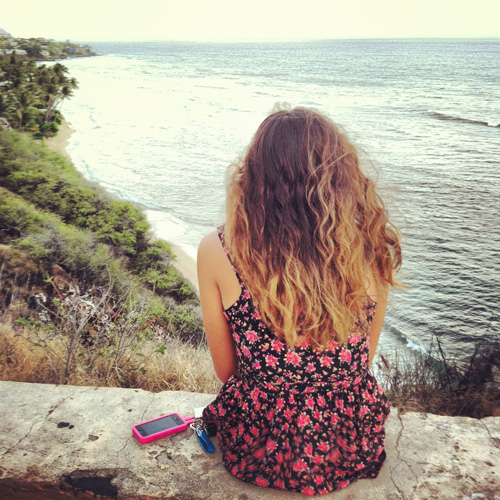Wildlife biologist Lauren Cruz is dedicated to the conservation of coastal ecosystems. She is a recent graduate from the University of Delaware and currently having a B.S. in Wildlife Conservation, Agricultural and Natural Resources and a minor in Entomology. Miss Cruz plans to pursue a M.S. in Marine Science. She attended the Brown University Environmental Leadership Lab on the Big Island of Hawai’i and participated in several projects in different wildlife fields while at the University of Delaware. During her summers, she worked at the Sedge Island Natural Resource Education Center where she lead kayak tours and taught visiting groups about the marsh ecosystem and its inhabitants.
As part of our series on ‘life as research scientist’ we approached Miss Cruz with our questions, and here we have the answers about her research and others:
Q. Let us start with your research topic. What is your research area? Will you please tell us a bit more on this? What did you find?
Lauren Cruz: I am currently working with The Leatherback Trust which is a non-profit organization dedicated to the conservation of leatherbacks and other sea turtle species. My team monitors the nesting ecology of leatherback, black and olive ridley sea turtles in Parque Nacional Marino Las Baulas (Leatherback National Marine Park) in Playa Grande, Costa Rica. Paying special attention to leatherbacks, we are adding to 20 years of continuous sea turtle data on this beach. Many biologists have conducted research on this beach and have filled many gaps in our understanding of leatherback ecology. Some examples include finding the incubation temperature at which sex is determined for leatherbacks, placing transmitters on leatherbacks to see where they migrate to after egg laying as well as monitoring the temperatures and possible effects climate change can have on turtle nesting. The leatherback population has dropped by about 98% since the start of the project.
Q. Why is this important? (i.e. why should the general public care about this?)
Lauren Cruz: The Pacific leatherback population is critically endangered due to many anthropogenic factors. With the leatherback being a 110 million year old species as well as having an enormous home range due to their migration patterns, they are an indicator of ocean health. Ongoing development of leatherback nesting beaches and unsustainable longline fisheries in the Pacific have caused leatherback populations plummet and will continue to do so without our help. Monitoring and conserving this population will result in overall protection of a species and biodiversity of the ocean and coastal ecosystems as well as result in the conservation of the coasts that are encompassed by the parks.
Q. Is this truly new information or does it confirm what other researchers have found?
Lauren Cruz: I’d say it confirms what other researchers have found and predicted. This is information that will build the case in wildlife policy to conserve the leatherback and other sea turtle populations and protect all that resides in it.
Q. How did you land here? Was it your goal?
Lauren Cruz: I got this position through a referral from my mentor, Dr. John Wnek. I had worked with him on my senior thesis, The Effects of Environmental Variables and Human Activity on the Nesting Frequency of Diamondback Terrapins in Coastal New Jersey. After graduation, I asked him which projects would be best to work with if I were to continue my study with turtles. He then introduced me to his mentor, Dr. Jim Spotila who offered me the position here at The Leatherback Trust. My goal was to build upon my skill set and immerse myself in research while contributing to coastal conservation and I did all that and more here with The Leatherback Trust.
Q. How many hours a day you spend for study. How you arrange other side of your life like social activities so to say?
Lauren Cruz: I arrived here on October 1st and plan to work for the entire season and leave March 20th. We conduct nightly 6 hour surveys and dedicate about 2-4 hours to beach work a day. So, we spend about 8-10 hours a day on the beach but get a few nights off per week. Our project also works with volunteers from The Earthwatch Institute and school groups that visit for educational trips. This adds extra work hours in the form of outreach. I enjoy teaching these groups so the extra hours don’t really feel like work hours! When you live with your teammates as I do, your work life is your social life. I’ve grown very close with my team and in addition to our mutual passion to the conservation of sea turtles, we keep each other laughing constantly. Living on site means living on the beach, so we set time aside to surf, swim, snorkel and travel.
Q. Are you satisfied with your results? What about your publications?
Lauren Cruz: I am satisfied with the research here. It is an honor to be able to be a part of such a great scientific community out here with The Leatherback Trust and I have learned so much through this project. As a young biologist, I have been exposed to many methods of acquiring data and have met many biologists that have already contributed a great deal to scientific community. I hope to contribute as they have someday and am currently editing my terrapin paper to be published.
Q. If you would not be at your current profession, what other options would you consider for your career?
Lauren Cruz: I would like to teach the importance of conservation and environmental science whether with outreach projects or in a school setting targeted towards teens. This summer, I’ll be working as a Teen Team Facilitator for The Earthwatch Institute and will travel with teens to volunteer with research projects in Puerto Rico and the Bahamas and hopefully pass on the same love of ecology that was sparked for me when I was in high school.
Thank You.
Links:
More info on Lauren Cruz’s research – Adventure is Out There

